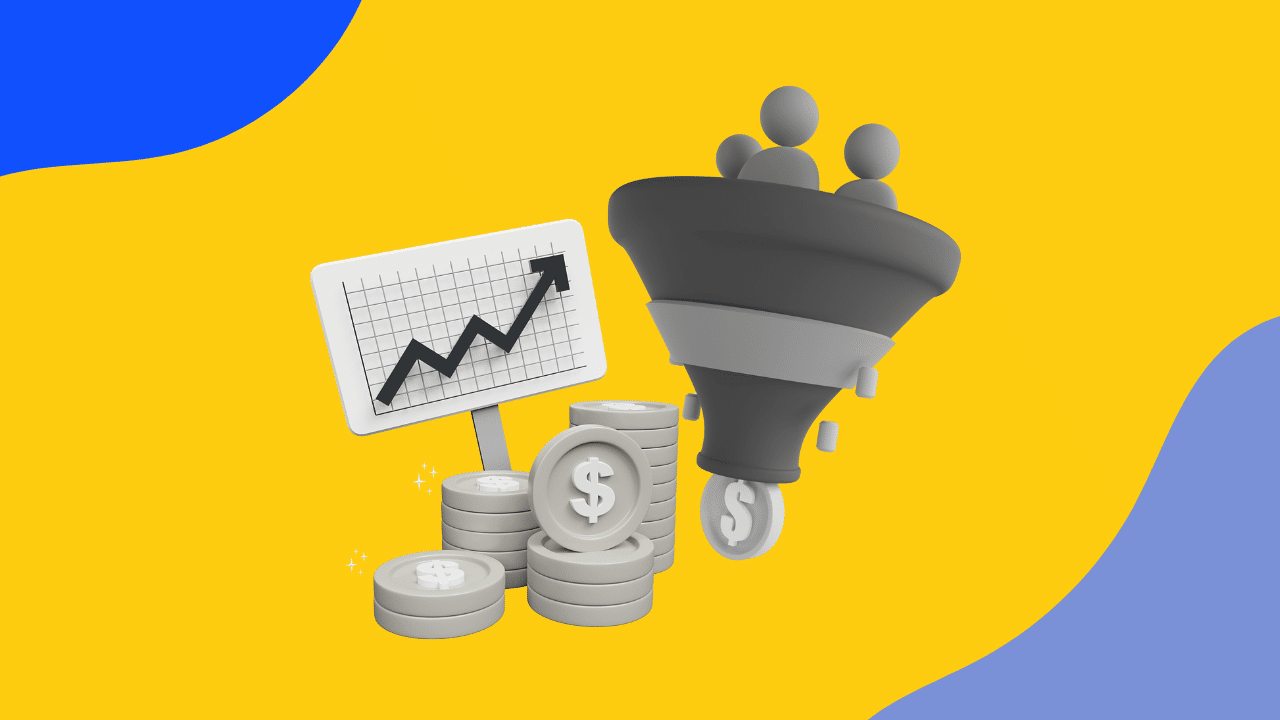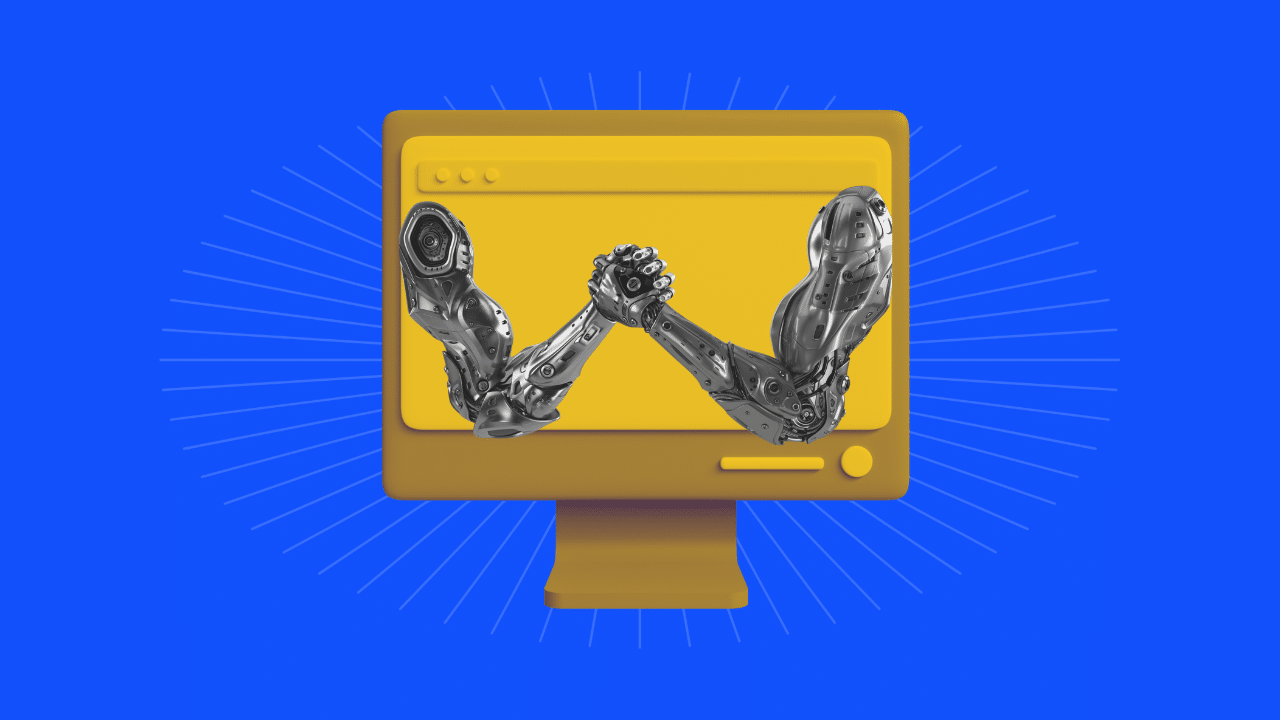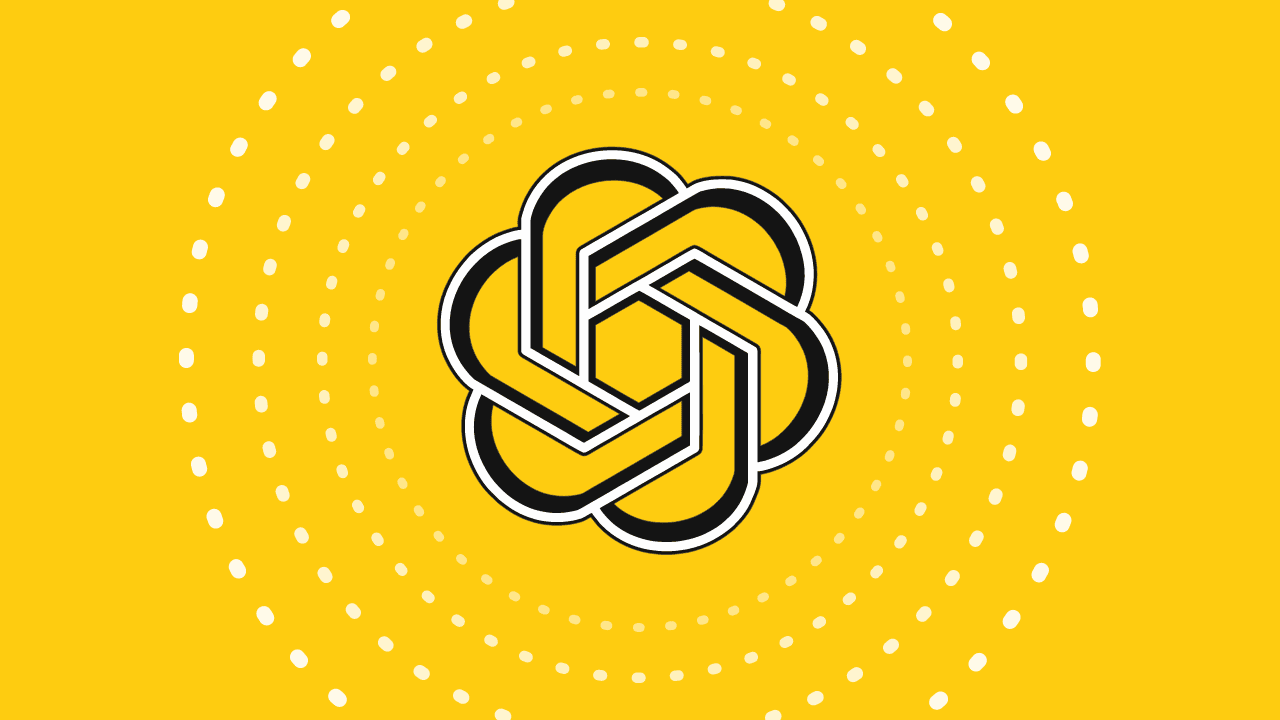
Recent articles
our mailing list
ChatGPT: Redefining Our Relationship with Tech

In a world where technology is always changing, AI language models have made a big impact on how we interact with computers. OpenAI’s ChatGPT, released in November 2022, has quickly become incredibly popular, with the fastest-growing user base ever.
But what does all of this mean? Today, let’s talk about how these AI models have changed how we use technology and what this might mean for our future with tech in our personal and work lives.
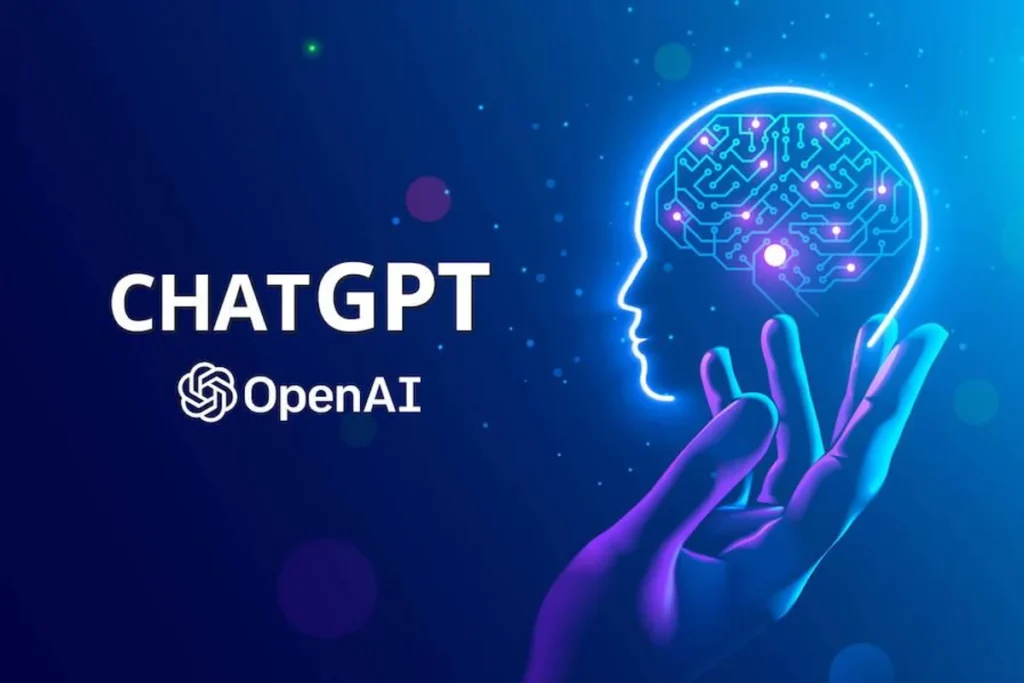
Brief History of AI Language Models
Back in the 1950s and 1960s, the early seeds of Natural Language Processing (NLP) were sown, kicking off the journey of computers understanding and generating human language. This was the starting line for AI language tools that we see today.
As time went on, Recurrent Neural Networks (RNNs) came onto the scene, fixing the problems older models had with understanding larger chunks of text. This upgrade allowed for a smoother and smarter way to handle language.
In the 1960s, a big step was taken with the creation of the first chatbot, Eliza, by a researcher at MIT named Joseph Weizenbaum.
This simple chatbot could have text conversations with people, using basic pattern matching to respond, and it opened doors to the many possibilities of AI.
Over the years, AI language tools have grown from simple systems to complex, brain-like networks, constantly improving and becoming more sophisticated.
A big leap came with the development of the GPT models, which could understand and generate text at an unprecedented scale, thanks to training on a massive amount of text data.
ChatGPT: A New era in AI Technology
OpenAI, the organisation behind the creation of the GPT (Generative Pre-trained Transformer) series of language models, first introduced GPT in June 2018. This was followed by improved versions, with GPT-3, the third iteration, being released in June 2020. The most recent iteration, GPT-4 was released in March 2023, marking the most advanced version yet.
ChatGPT uses ‘transformer architecture’, a deep learning technique that works through terabytes of data containing billions of words in order to create answers to questions or prompts entered by a user.
The GPT series of models are trained on a vast amount of text data, which allows them to generate human-like text based on the input they receive. These models are different from other language models due to these key factors:
- Scale and Complexity: The GPT models, especially the later versions, are known for their large scale and complexity, with billions of parameters that help in understanding and generating text in a nuanced manner.
- Fine-Tuning Abilities: These models can be fine-tuned for specific tasks, making them versatile and adaptable for various applications, including content creation, coding help, and more.
- Open-Ended Generation: GPT models are capable of open-ended text generation, which means they can generate text without any specific prompt, making them useful for creative writing and idea generation.
ChatGPT vs. Previous models
LLMs have existed and been available for public use for several years. However, it hasn’t been until the last 12 months (2022-2023) that the possibility of an integration of AI technology and people in everyday use has been seen as a real-life possibility.
For many, we’ve already reached that milestone, with millions of people using ChatGPT to do their homework, creative writing, shopping lists, and more. However, what makes ChatGPT such a popular tool? Well, firstly, it’s free. All you need is an account, and you have access to the central features (minus internet access, which is only available for paying users).
Moreover, the technology is easily accessible by a Google search on a phone or laptop. This has made the AI tool highly accessible for people of all ages and doesn’t require downloading an app or having a specialized account to use it. Additionally, the user-friendly interface has made ChatGPT a popular AI tool for many users as it requires little to no AI expertise, acting like a simple query or search function.
All of these factors have made ChatGPT stand out from competitors and have sealed the platform as the forefront of AI LLMs and one of the first AI technologies to be integrated into everyday people’s lives.
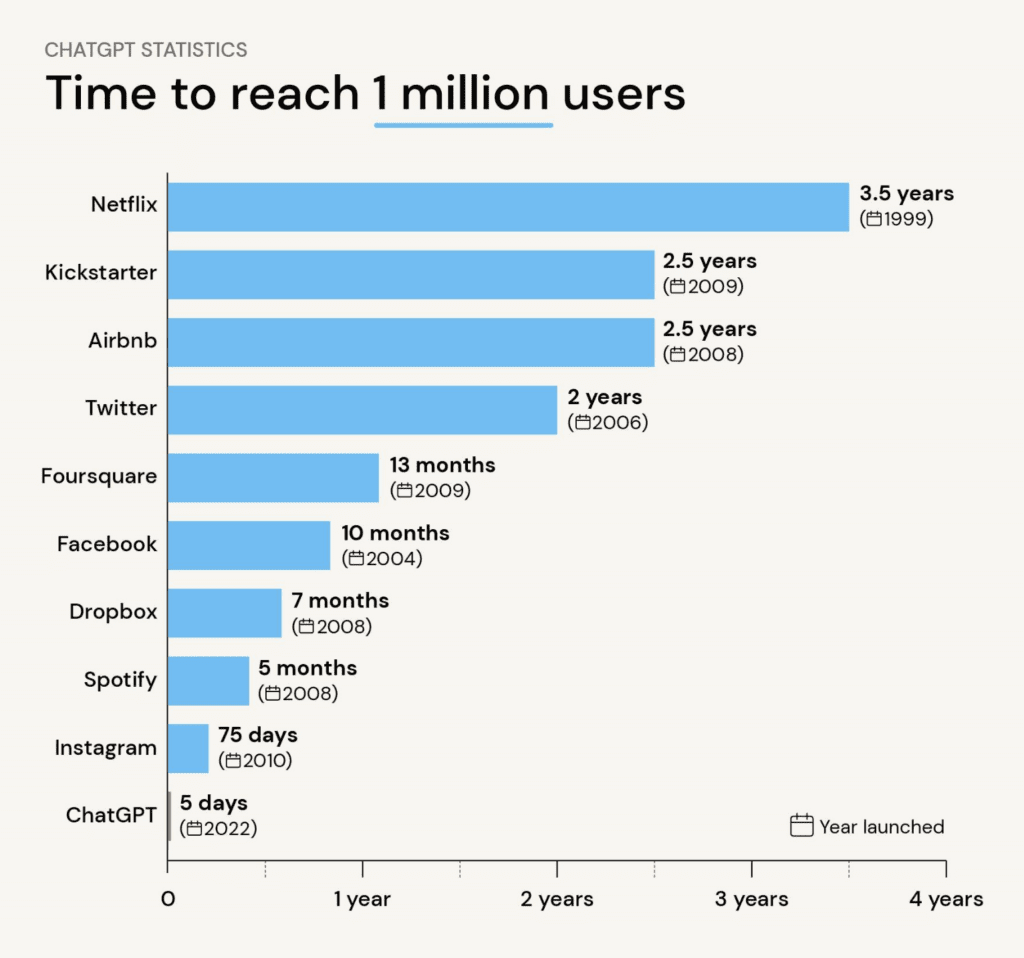
How ChatGPT is Changing Tech
OpenAI took a deceptively simple yet profoundly impactful approach to optimising user experience. They designed ChatGPT’s interface to actively remember prior interactions within the same session and seamlessly integrate them into the ongoing conversation.
This user-friendly enhancement significantly boosted its usability for the general public, ultimately elevating the overall chat experience and accessibility.
Furthermore, ChatGPT actively contributes to enhancing technology’s user-friendliness and intuitiveness. It achieves this by continually improving user experiences, providing valuable assistance to businesses, and spearheading transformative changes across various industries through its advanced conversational AI capabilities.

The Future of ChatGPT and AI
As artificial intelligence (AI) matures, it will increasingly specialise, automating mundane tasks, ushering in personalisation, and transforming the way consumers, retailers, and marketers engage with the internet. Here, we present six predictions for that not-so-distant future:
Specialised AI Models: Expect AI models tailored for specific tasks like customer service, marketing, or product development.
Mundane Task Automation: AI will handle routine chores, freeing humans for creative and strategic work.
Hyper-Personalisation: AI will use vast consumer data for highly customised experiences and product recommendations.
Improved Content Quality: Focus on prompt engineering to enhance AI-generated content quality.
AI Disclosure Expectations: Consumers will demand transparency about AI use to address potential biases and limitations.
New Job Opportunities: AI automation will create new roles in development, maintenance, and ethics, requiring workforce training and upskilling.
Ethical Concerns Surrounding AI Technology
As AI models like ChatGPT become more sophisticated, it is important to consider the ethical implications of their use. Some of the key ethical considerations include:
- Bias: AI models are trained on large datasets of text and code, which can introduce bias into the models. This bias can then be reflected in the outputs of the models, such as the text they generate.
- Privacy: AI models can be used to collect and analyse personal data, which raises privacy concerns. It is important to ensure that users’ privacy is protected when using AI models.
- Misinformation and disinformation: AI models can be used to generate text that is misleading or false. This can be used to spread misinformation and disinformation, which can have a negative impact on society.
- Creativity and originality: AI models can be used to generate text that is creative and original. However, it is important to give credit to the AI model when using its outputs.
- Job displacement: AI models can be used to automate tasks that are currently performed by humans. This could lead to job displacement for some workers.
Final Thoughts
As we stand on the brink of a new era, it’s undeniable that AI language models, spearheaded by innovations like ChatGPT, are reshaping our interaction with technology in profound ways. These advancements are not just setting new benchmarks in the tech industry but are also weaving into the very fabric of our daily lives, promising more intuitive, intelligent, and personalised experiences.
Furthermore, as we navigate through this transformative period, it’s essential to embrace the potential of these technologies while fostering a responsible approach to their integration in various spheres of our lives. The journey we’ve embarked upon holds the promise of a future where technology is not just a tool, but a collaborative partner, enhancing our capabilities and enriching our experiences.
